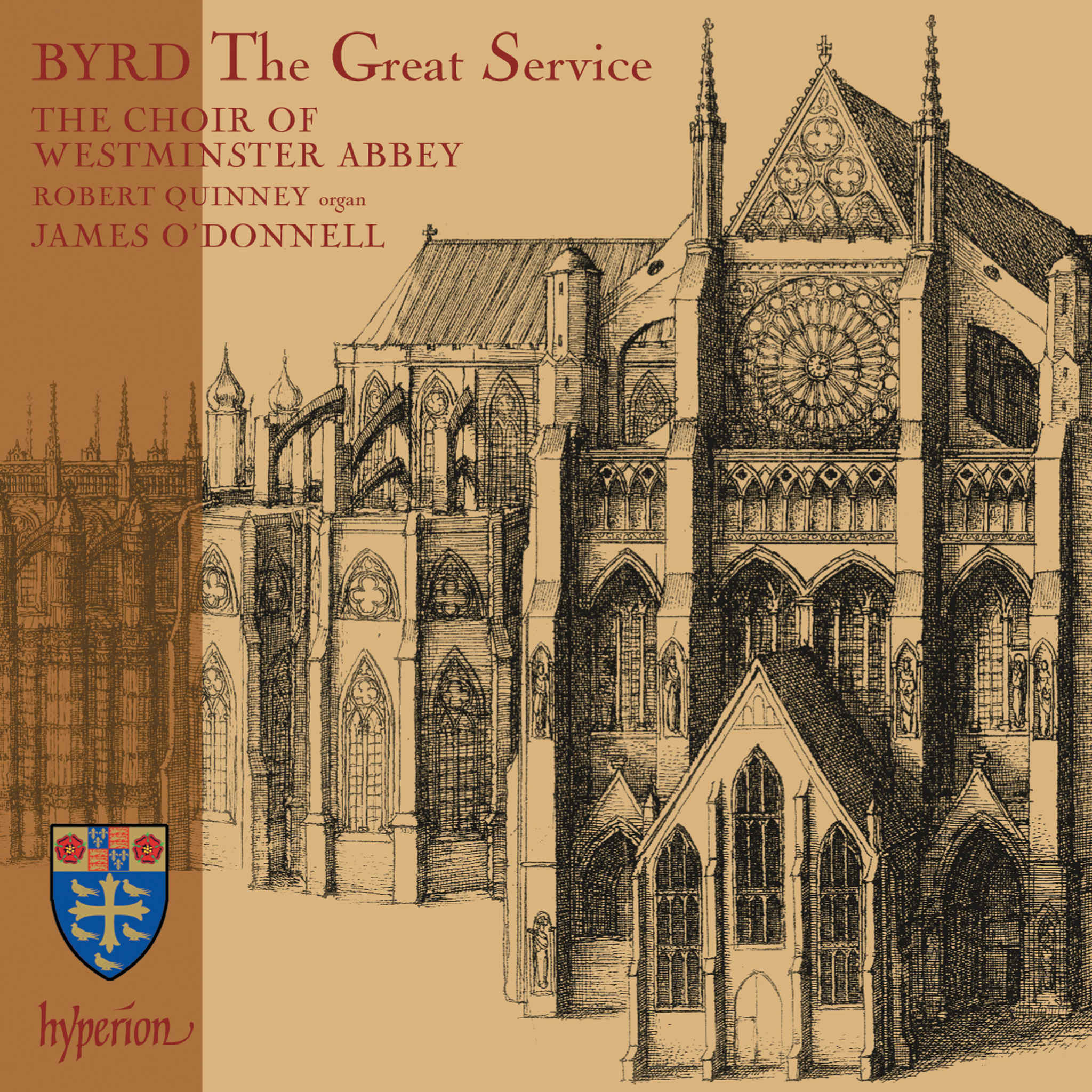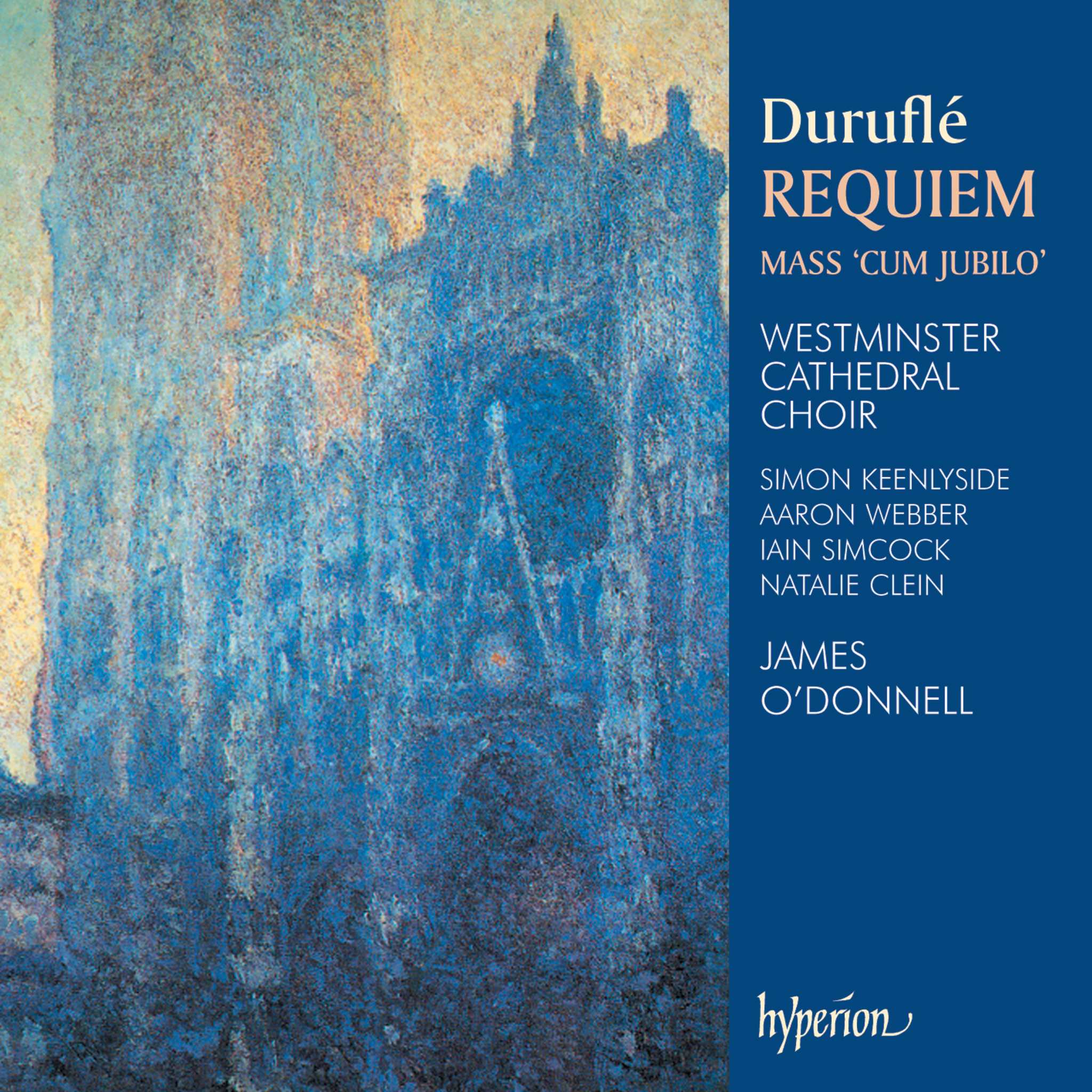Album insights
The three works on this CD represent composers traditionally associated with the Czech school. Smetana, considered the grandfather of this school, introduced folk dances and songs into the European composition style, establishing a national style. Eben, a respected composer who passed away in 2007, continued this tradition into modern times. These Czech composers, as shown in these three distinct pieces, operated under diverse influences during their respective periods. Smetana's early piece, the Piano Trio, reflects mainstream influences of that time, notably Schumann and Liszt, over folk music. Martinu, in his first Piano Trio, engaged with the cosmopolitan Parisian cultural scene of the 20th century. Petr Eben drew inspiration from neoclassicism and the contemporaries of Martinu, shaping his distinct approach.
Smetana's journey began at the age of 20 when he became a music teacher for the five children of Count Leopold von Thun in Prague in 1844. Despite being largely self-taught beyond childhood lessons in violin and piano, this was his first formal position. By 1845, Smetana sought instruction in music theory from Joseph Proksch, a prominent teacher in Prague. Through diligent effort, he quickly composed sophisticated pieces, culminating in the Piano Sonata in G Minor (1846). This sonata's final movement, a furious Tarantella, later became the basis for the finale of his Piano Trio in G Minor.
A tragic event served as the main inspiration for the Piano Trio. After leaving Proksch's music school, Smetana established himself as a professional musician and teacher in Prague. Following their marriage in 1849, Smetana and Katerina lived happily until tragedy struck. The loss of their eldest daughter, Bedriska, deeply impacted Smetana, leading to the composition of the Trio in G Minor in 1855. This work served as a tribute to his departed daughter, showcasing a personal and tragic narrative.
The Trio commences with a compelling violin solo, setting a mournful tone that manifests throughout the three movements. Through intricate development and varying themes, the Trio's emotional intensity continues to build, culminating in a powerful and poignant conclusion.
Similarly to Smetana, Bohuslav Martinu established himself as a composer in his thirties, achieving international recognition for his works. His first Piano Trio in 1930 demonstrated a clear shift towards neoclassicism, marking a significant evolution in his musical style influenced by historic techniques and rhythmic energy.
Petr Eben, a prominent Czech composer of the latter half of the 20th century, drew from a diverse musical background shaped by personal experiences and cultural influences. His Piano Trio from 1986 emphasizes the unique interplay between piano and strings, showcasing his innovative approach to chamber music. Through distinct musical contrasts and thematic developments, Eben's Trio captivates listeners with its emotive depth and structural complexity, echoing elements reminiscent of both Smetana and Martinu.









